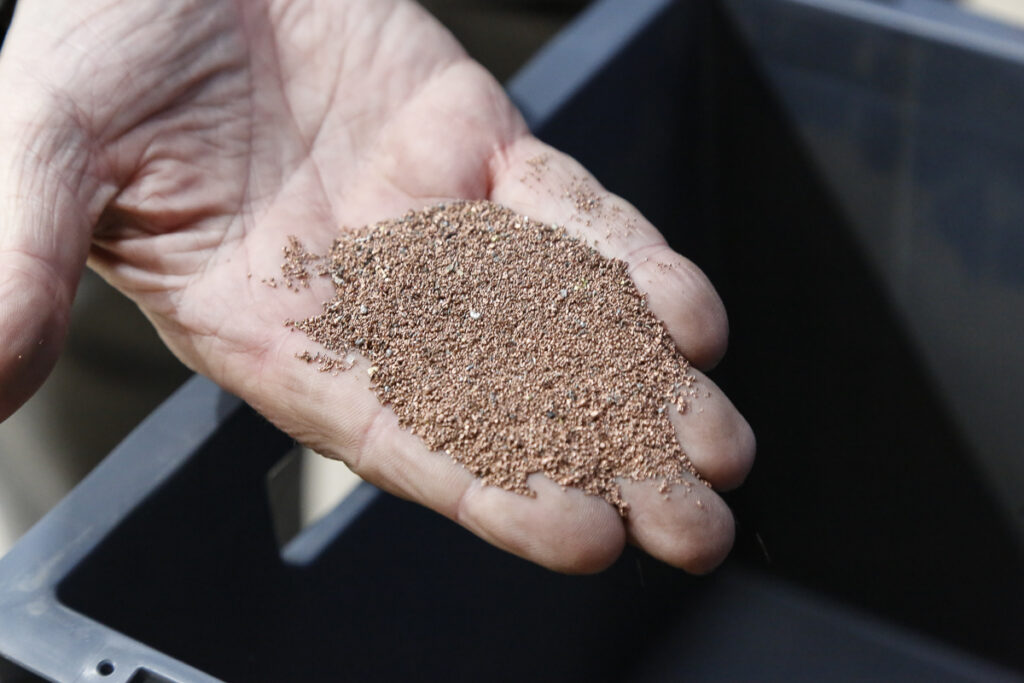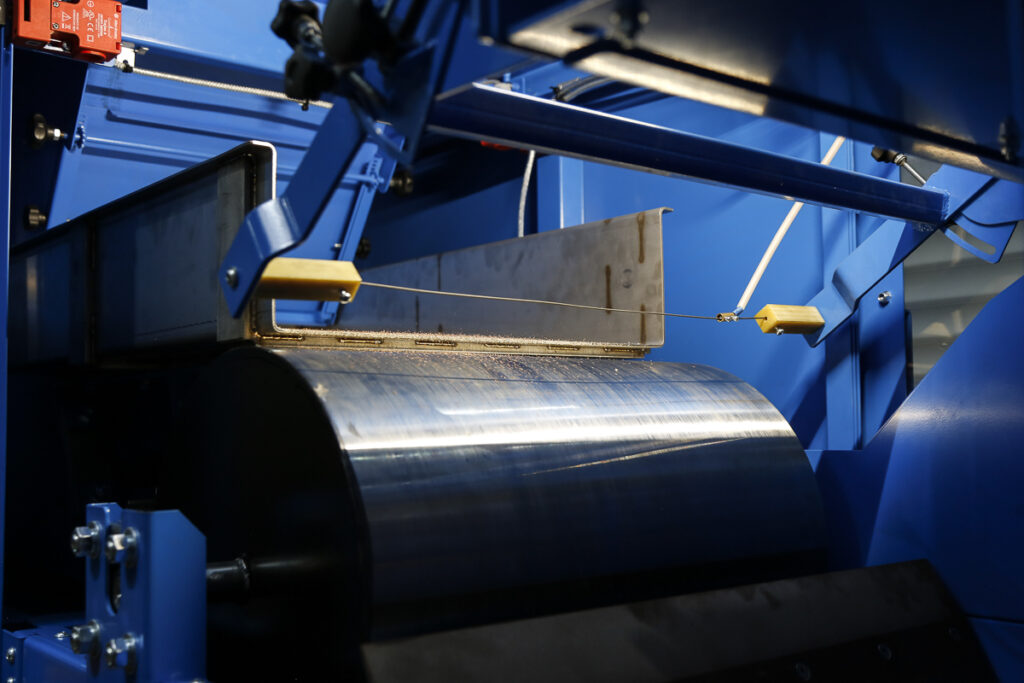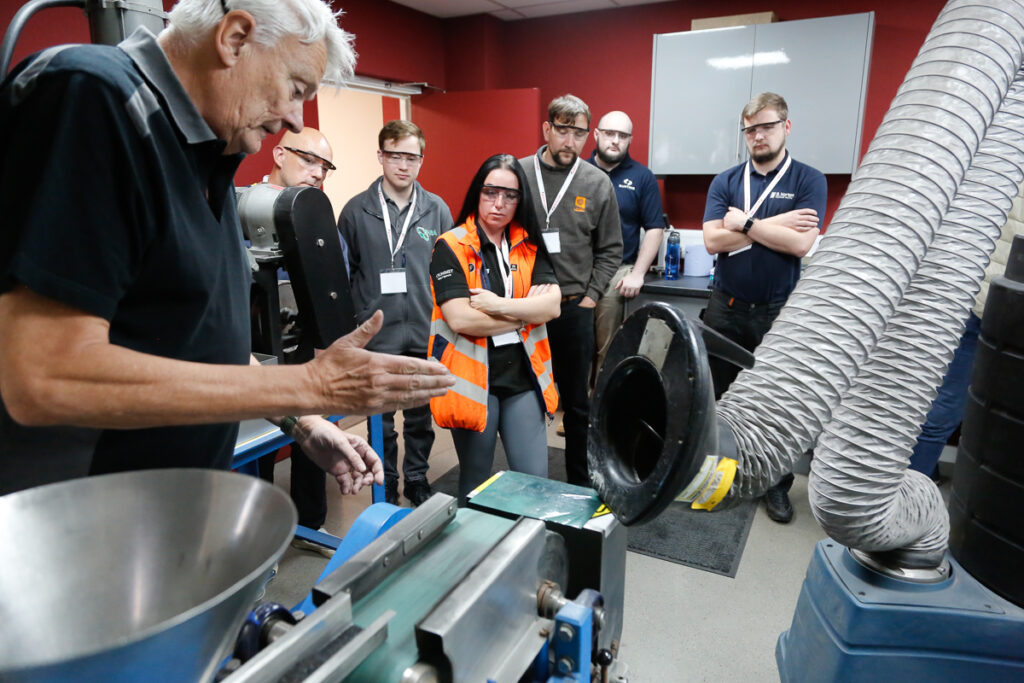Metal Separation Technology at E-Waste World
By Paul Fears | 10 June 2025
Maximising metal separation from electronics is the focus for Bunting Magnetics at the E-Waste World Conference & Expo 2025 (11-12 June, Messe Frankfurt, Germany). On stand G65, the Bunting Magnetics team is available to discuss the separation and recovery of precious and valuable metals from e-waste.

E-Waste World Conference & Expo is attended by all sectors of the electronics industry, from manufacturing through to recycling. The event provides a platform for industry professionals from around the world to discover the latest innovations and solutions for a circular economy. The conference and exhibition cover all aspects of electronics waste management, covering collection, raw materials, recycling design, sorting solutions, urban mining, and the recycling of industrial, commercial, and post-consumer electronics.
Metal Separation Technology
Recovering metal when recycling e-waste is crucial for environmental protection and resource conservation. The benefits include significantly reduced energy consumption when compared to mining new materials; lower greenhouse gas emissions; and preventing toxic waste from entering landfills. Recovering valuable metals like gold, silver, and copper, helps conserve finite resources and promotes a circular economy.
The latest technology for recovering metals from electronic waste achieves exceptional levels of separation and recovery. Such metal separators, designed and built by Bunting Magnetics, are in operation at globally-located e-waste recycling companies.
In a metal separation process for recycling discarded electronics, the initial step is to recover coarse and strongly magnetic metal. Typical magnetic separators include the powerful and compact EMAX Overband Magnet and either permanent or electromagnetic Drum Magnets.
High-intensity Stainless Steel Separators and Rare Earth Roll Magnetic Separators separate weakly magnetic metals such as abraded stainless-steel. This leaves a non-magnetic mix to pass over an Eddy Current Separator for recovery of non-ferrous metals.

The final stage of metal separation focuses on fine wire and small particles of non-ferrous metal including copper and precious metals. With Bunting’s ElectroStatic Separator, recyclers recover and concentrate valuable metal, increasing value and reducing or eliminating waste.
Material Testing Facility
At the Bunting Customer Experience Centre in the UK, the applications team conduct controlled tests to assess and prove metal separation capabilities. The tests prove what metal separation is possible and highlight changes in the process to increase metal recovery and purity. Due to the complexity of electronics recycling, material testing is a key stage in the development of a process.
“The recycling of electronics is evolving rapidly,” explained Bradley Greenwood, Bunting Magnetics’ Head of European and International Sales. “The Bunting team is working on increasingly complex projects where technology, such as the ElectroStatic Separator, enable optimum metal recovery. The E-Waste World Conference & Expo provides the idea platform for us to meet key people in the industry and discuss metal separation and recovery challenges.”
